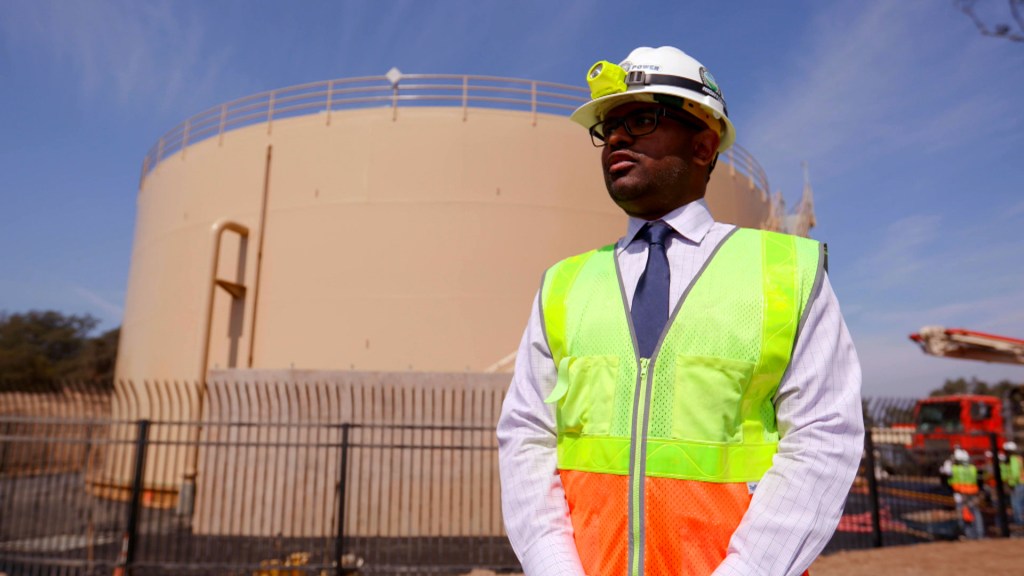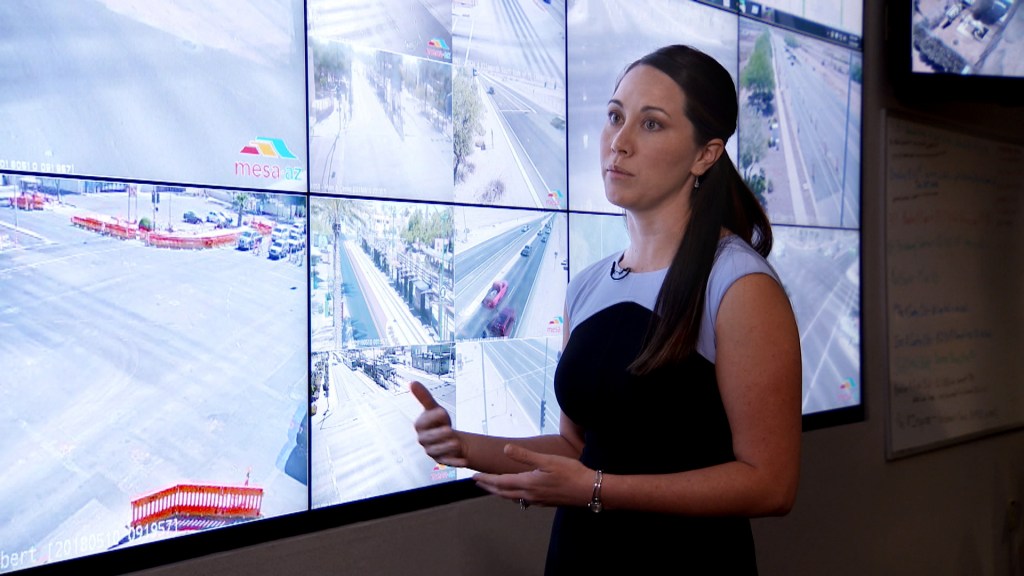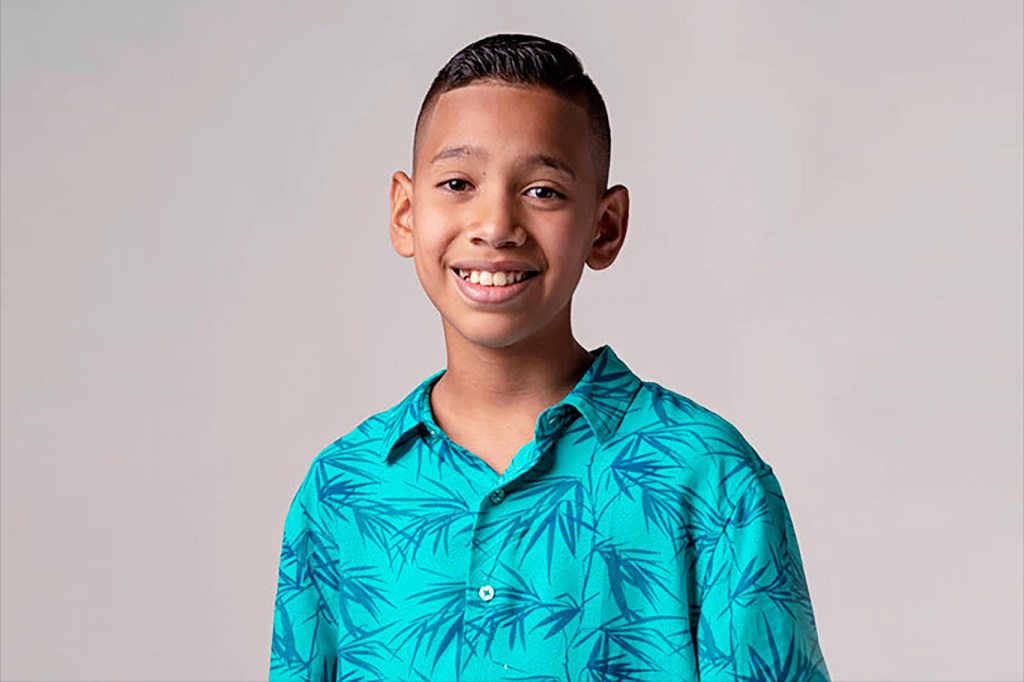Engineering Our World
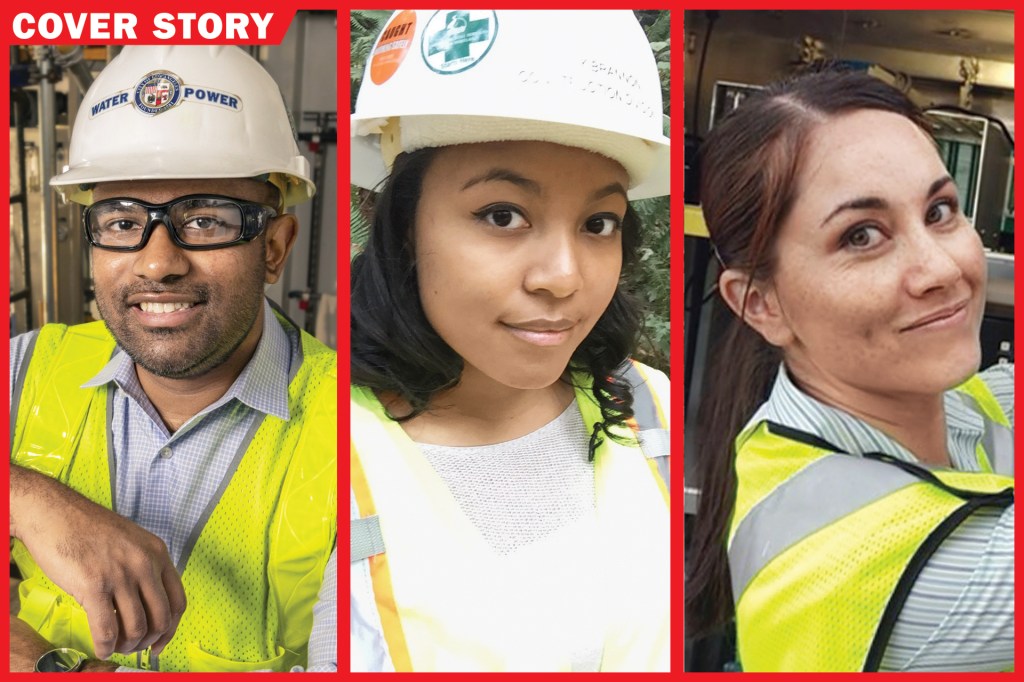
“We’re called civil engineers because we engineer civilization
civilization
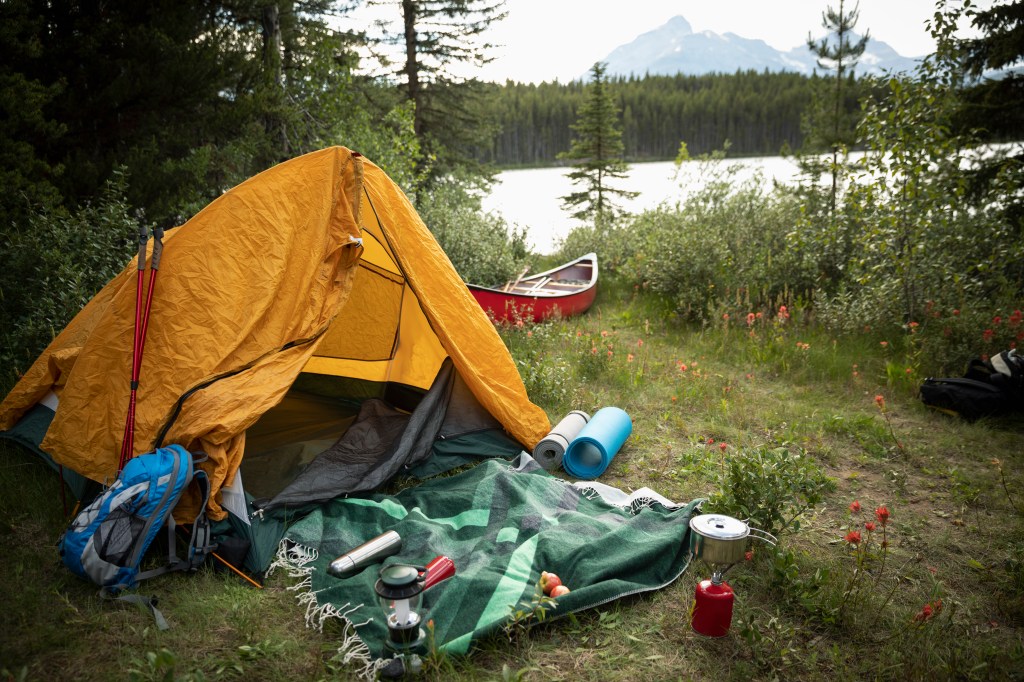 HERO IMAGES
the existence of electricity, hot water, and other conveniences that modern towns and cities have
(noun)
I enjoy camping, but I'm always happy to return to civilization.
.” These are the words of Yung Koprowski, one of the many civil engineers who design, build, and maintain the infrastructure
infrastructure
HERO IMAGES
the existence of electricity, hot water, and other conveniences that modern towns and cities have
(noun)
I enjoy camping, but I'm always happy to return to civilization.
.” These are the words of Yung Koprowski, one of the many civil engineers who design, build, and maintain the infrastructure
infrastructure
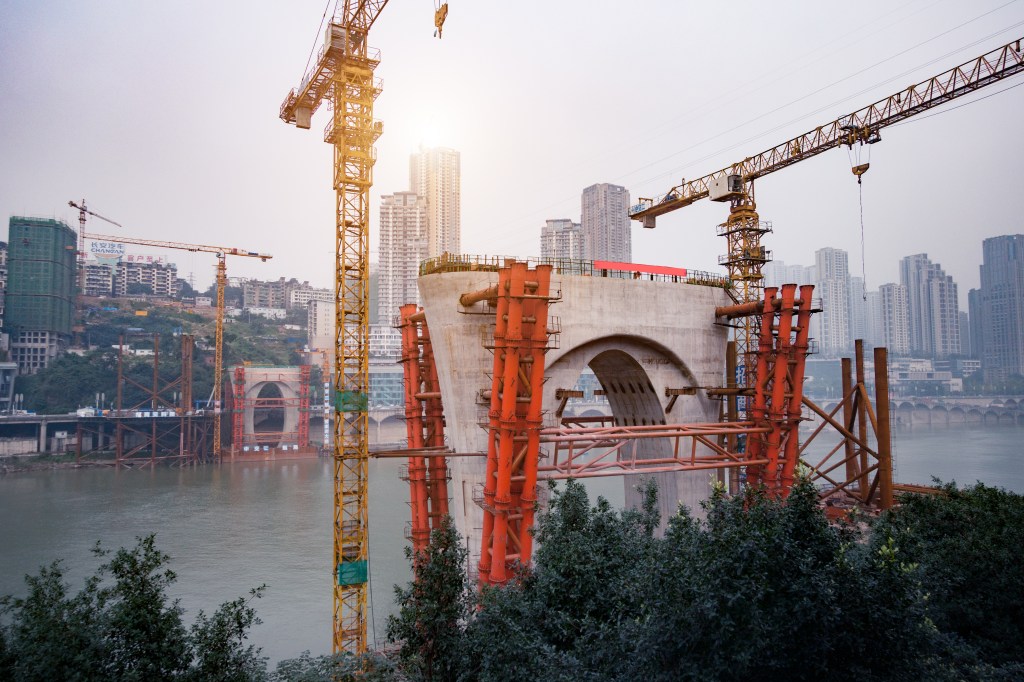 DUKAI PHOTOGRAPHER/GETTY IMAGES
the basic structures, like roads and electrical systems, needed for a society
(noun)
The mayor hoped to rebuild his city's crumbling infrastructure, including roads and bridges.
of our towns and cities.
DUKAI PHOTOGRAPHER/GETTY IMAGES
the basic structures, like roads and electrical systems, needed for a society
(noun)
The mayor hoped to rebuild his city's crumbling infrastructure, including roads and bridges.
of our towns and cities.
Civil engineers specialize in different things, and each type of civil engineer contributes to society in a unique way. But all of them serve a common purpose: to help people. TIME for Kids spoke with three civil engineers to find out what they do and how they help our communities survive and thrive.
On the Move
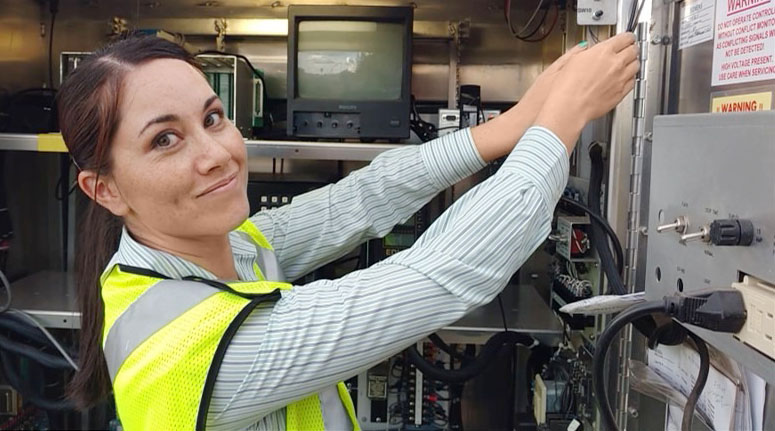
The roads in your town didn’t appear by magic. They are the result of careful planning by transportation engineers, like Yung Koprowski. “We make it safer and easier for people to travel to the places where they live, work, and play,” she told TFK. Koprowski works in the Phoenix, Arizona, area. There, she plans new transportation systems and finds ways to improve existing ones.
Transportation engineers have a lot to think about, from road signs and markings to traffic-signal timing. They are also responsible for planning bike lanes and sidewalks. While advanced math and science expertise are needed for this work, Koprowski says problem-solving is one of the most critical
critical
 EMILIJA MANEVESKA
important
(adjective)
The hard drive is a critical component of a computer.
skills. “We do a lot of writing and research,” she says. Creativity and design are important, too. Koprowski enjoys designing visuals to explain complex plans and concepts to the public, as well as to the elected officials who need to approve them.
EMILIJA MANEVESKA
important
(adjective)
The hard drive is a critical component of a computer.
skills. “We do a lot of writing and research,” she says. Creativity and design are important, too. Koprowski enjoys designing visuals to explain complex plans and concepts to the public, as well as to the elected officials who need to approve them.
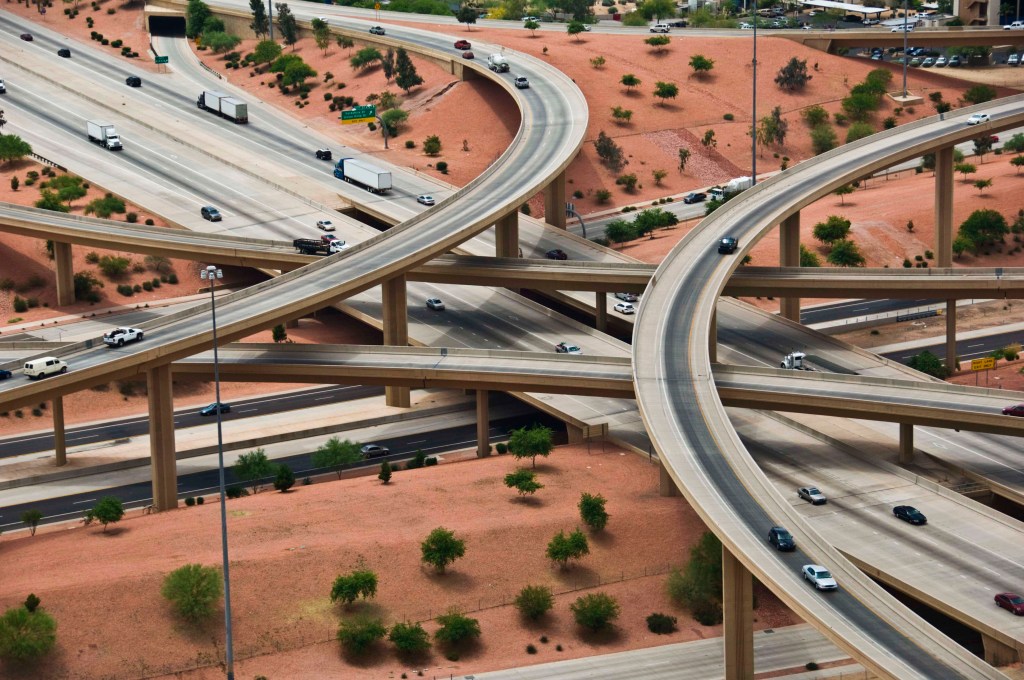
SAFETY FIRST Transportation engineers make sure roadways, like these in Phoenix, are efficient, so drivers can travel safely.
MOREY MILBRADT—GETTY IMAGESHer advice for future engineers? “Don’t be hesitant to think outside the box and apply your own ideas and solutions,” she says. “Engineering is making mistakes. It’s okay to fail as long as you don’t stop trying.” —By Allison Singer
Trailblazer
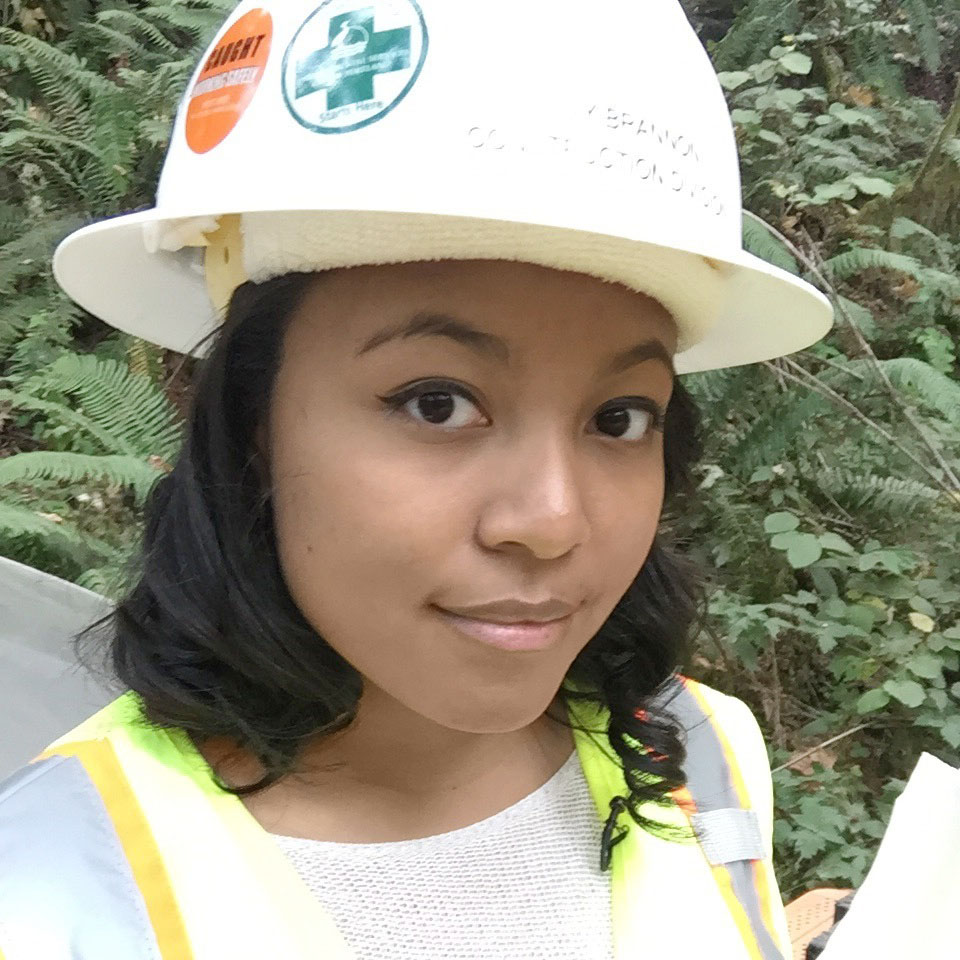
Jay Brannon is an environmental engineer. She manages the construction of public water systems for the city of Portland, Oregon. This means she works on pipes that move water beneath the city. Recently, she oversaw the rebuilding of a pipe under a hiking trail in Forest Park. The pipe allows stormwater to flow underground so it doesn’t wipe out the trail. To complete the project, Brannon worked with designers, geologists, architects, and contractors. “All of these people have really different communication styles,” she told TFK.
According to Brannon, being a woman of color in the engineering field comes with challenges. “There are not many of us, so it can be frustrating,” she says. One of Brannon’s goals is to make engineering more accessible. To do this, she is working on a book to inspire students of color to pursue a career in engineering. “That representation
representation
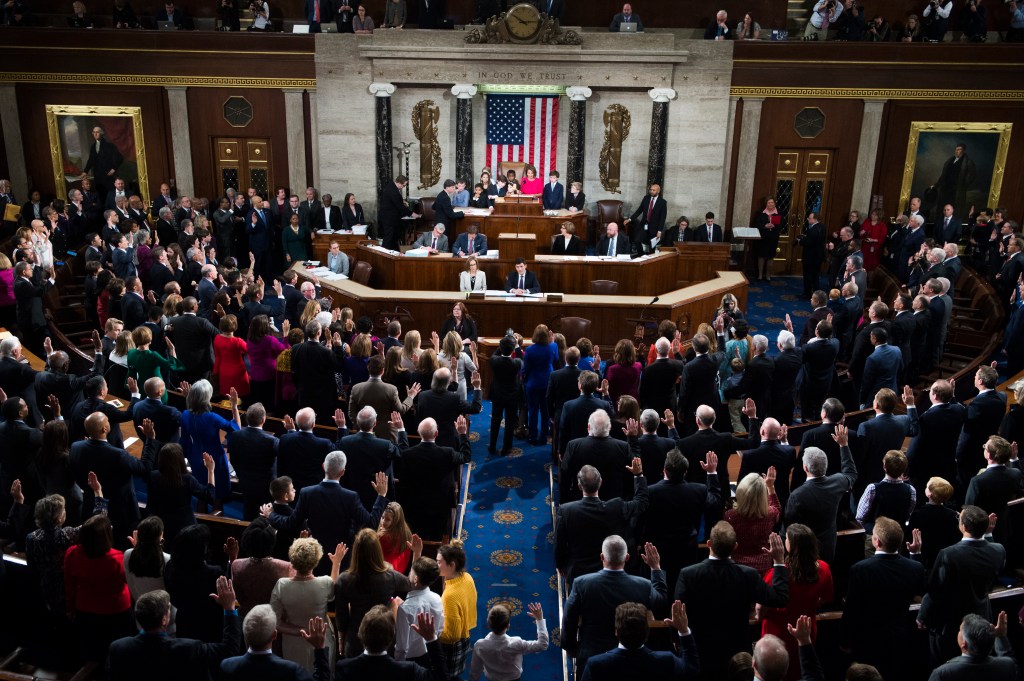 TOM WILLIAMS
a person or group that stands for a bigger group
(noun)
In the House of Representatives, each state's representation is based on the number of people who live in that state.
is really important,” she says. —By Constance Gibbs
TOM WILLIAMS
a person or group that stands for a bigger group
(noun)
In the House of Representatives, each state's representation is based on the number of people who live in that state.
is really important,” she says. —By Constance Gibbs
Master Builder
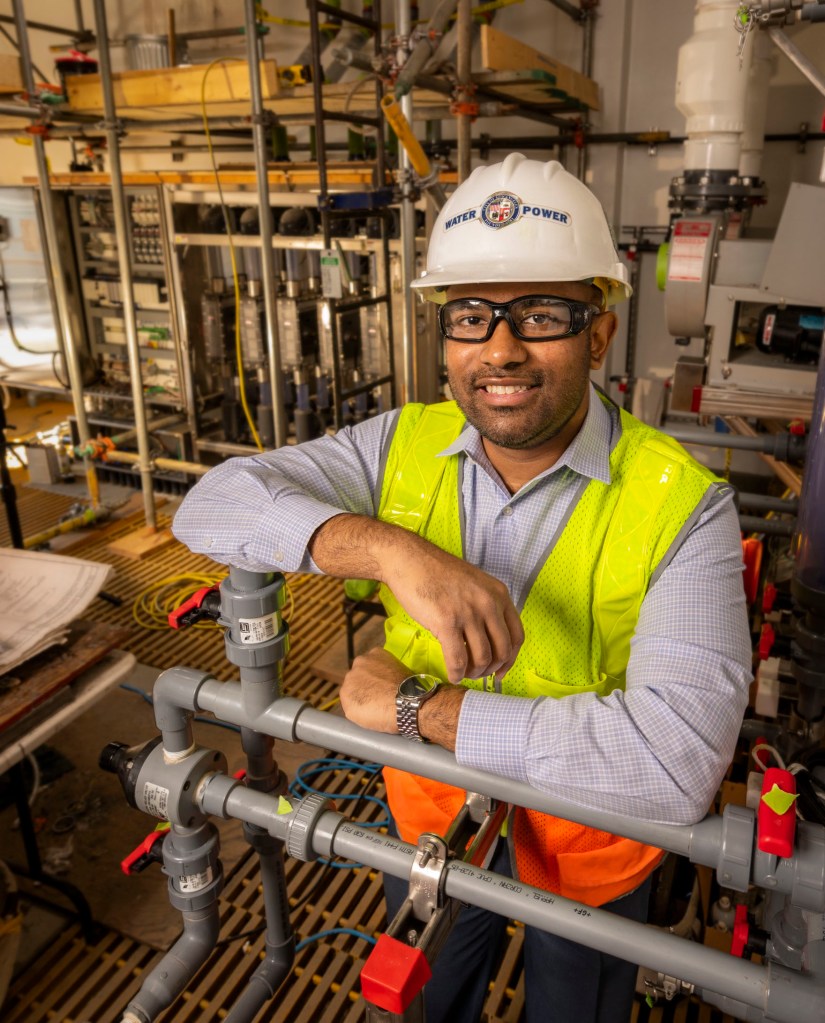
When Ruwanka Purasinghe was in middle school, he built a theme park in his bedroom. It was made of Lego bricks. “That was definitely one of the moments when my dad thought I would grow up to be an engineer,” he told TFK.
Purasinghe says he knew about engineering as a kid. His father was a professor of civil engineering. “But I wasn’t really sure I wanted to do that for the rest of my life,” he admits. While in college, he traveled to Italy. “Seeing the ancient aqueduct
aqueduct
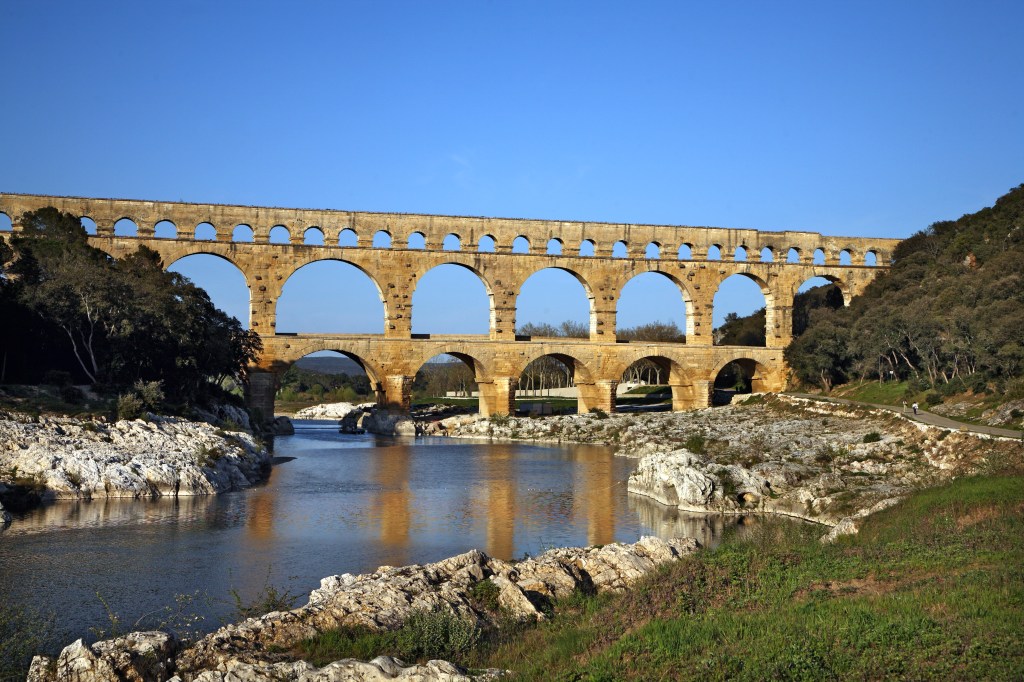 AJ CASSAIGNE
an artificial channel for water
(noun)
The ancient Romans built aqueducts to carry water into cities and towns.
system that served the people of Rome and is still being used today really opened my eyes to this career,” he says.
AJ CASSAIGNE
an artificial channel for water
(noun)
The ancient Romans built aqueducts to carry water into cities and towns.
system that served the people of Rome and is still being used today really opened my eyes to this career,” he says.
Now, Purasinghe is a geotechnical engineer for the Los Angeles Department of Water and Power. He comes up with solutions, such as pipe systems and aboveground tanks, to water-supply problems. This work is especially important when the city is facing a drought. For inspiration, he looks to the past. “Civil engineers have been solving problems for thousands of years,” he says. “I enjoy thinking of ways to help future generations.” —By Kio Herrera
To see these engineers in action, watch the videos from NBC News Learn in the paired texts below.





